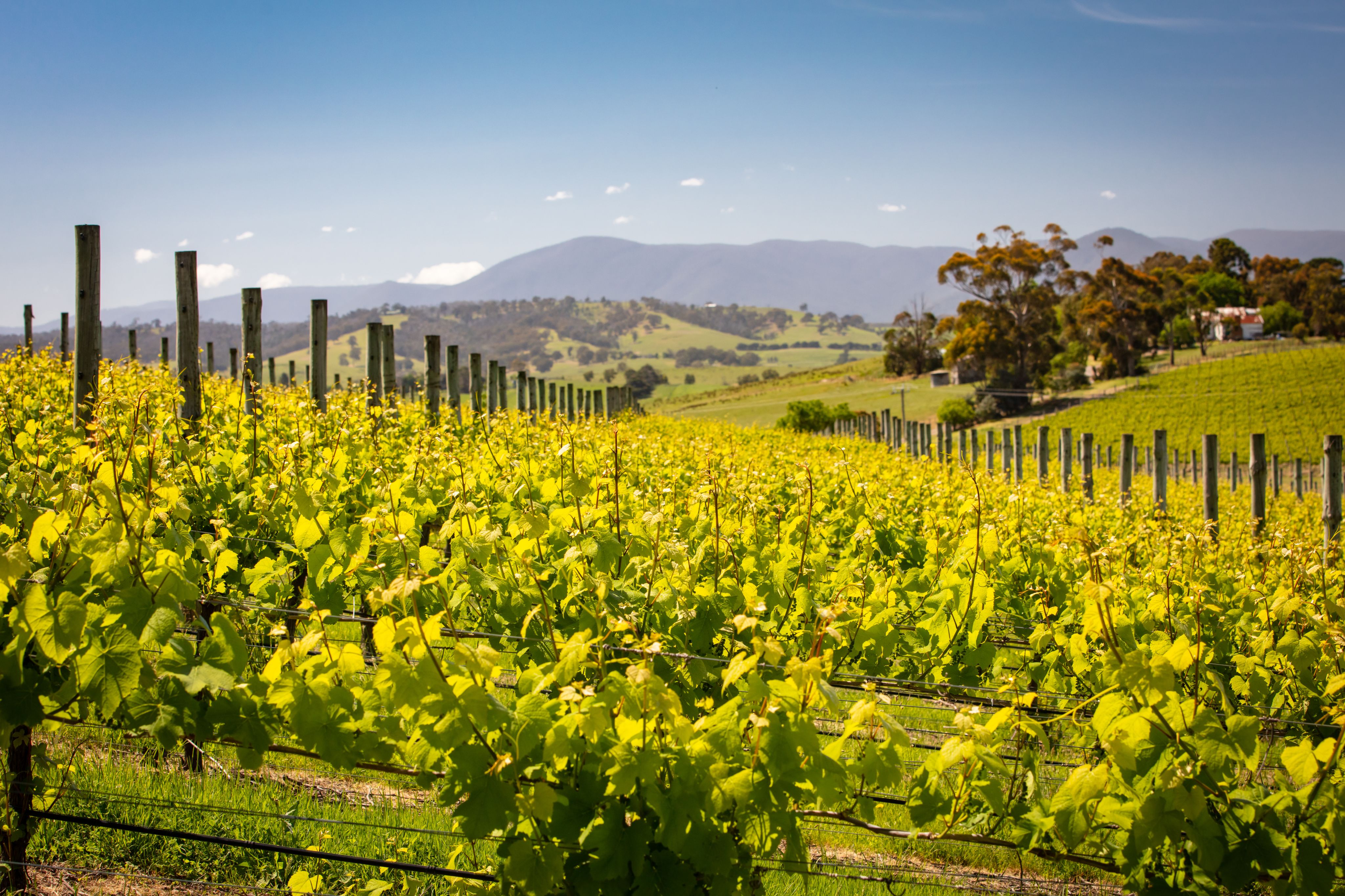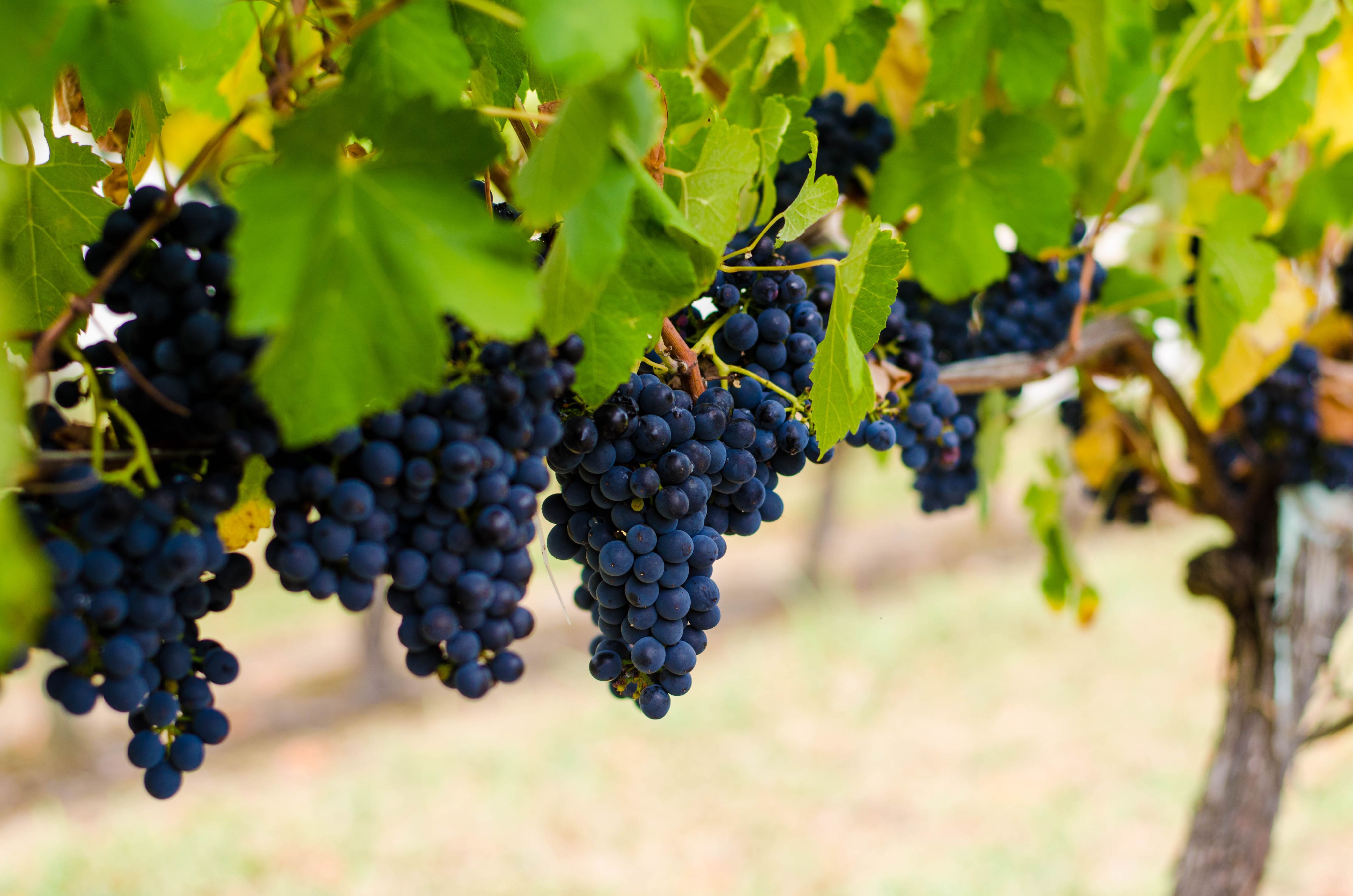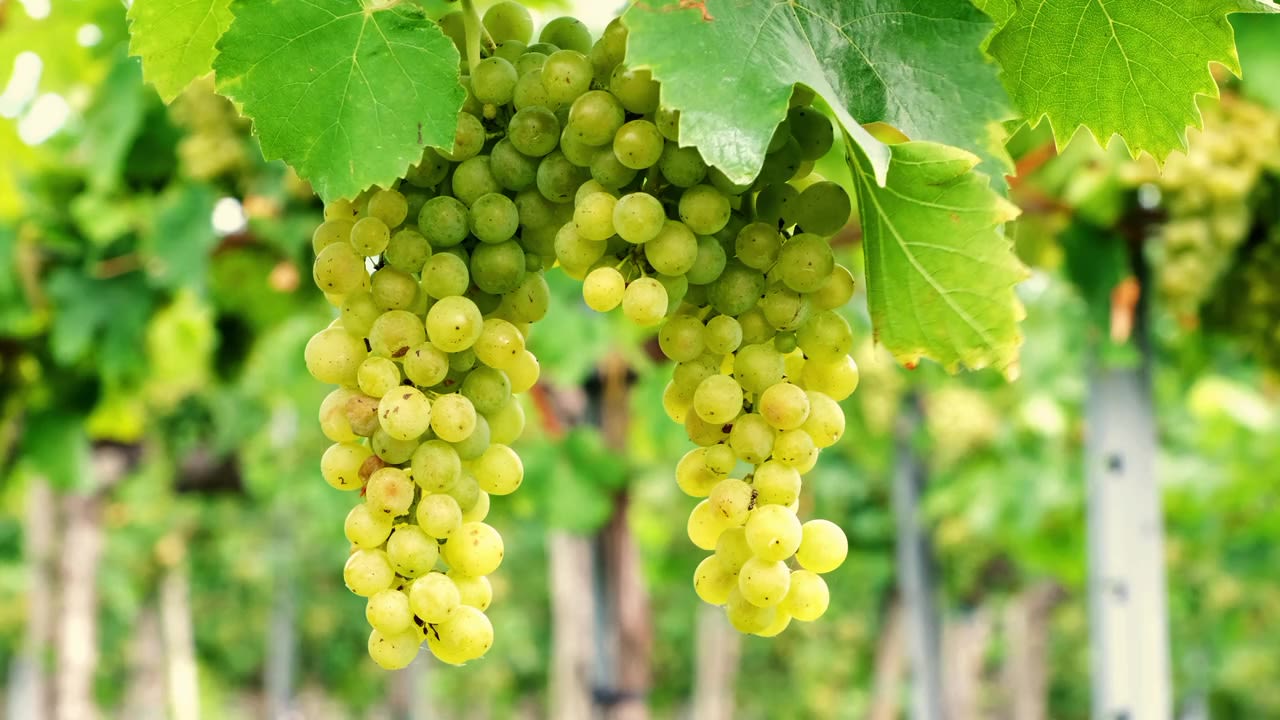A new world of wine


Jess Clark (TC 2008), Giant Steps
Jess Clark (TC 2008), Giant Steps
While wellness booms, wine is on the decline, and there’s a clear correlation between the two. It seems younger generations are far more in tune with the age-old saying, ‘You can’t have your cake and eat it, too’.
‘People are monitoring their health, and they are more educated about the wine industry,’ says Giant Steps senior winemaker and Trinity College alum Jess Clark (TC 2008).
‘They are doing more research into the wines they drink,’ says Jess. ‘So, they want to know if you are organic or if you harvest your grapes sustainably, and they’re also drinking less, so they’re not spending $50 for a bottle of wine on a Wednesday night, but they will wait for the weekend and do that for a boutique, higher-end wine.’
Statistics back her up.
A matter of taste


Research released by industry body Wine Australia shows the number of people drinking wine, and the frequency of wine drinking, are both on the decline.
The main drivers, it says, are health and wellness concerns, economic pressures and competition from other alcohol categories, particularly from premixed drinks.
The report says regular wine drinkers are choosing a ‘narrower range of wine styles and varieties, possibly as a result of drinking on fewer occasions, while younger consumers have different taste preferences compared with older consumers regarding attributes of both red and white wines’.
It says sustainability is becoming more important to consumers, and no- and lower-alcohol wine is expected to rise in popularity over the next five years, a trend driven by younger wine drinkers.
Mount Mary CEO David Middleton (TC 1970), who runs the wine business with his son Sam (TC 2001) and daughter Claire (TC 1999), says the decline in wine consumption can be attributed also to a lack of clarity on the safety of drinking.
‘There’s a growing voice warning of the dangers of alcohol, and health authorities are now stating that there is no safe level of consumption, and this is creating a trend towards smaller volumes of premium wines.’


David says it has also been suggested that Australian wine lovers prefer international labels.
‘I am not sure why this should be the case unless it is to do with quality,’ he says.
'This fits with the measured trend away from the consumption of large volumes of cheap wine towards smaller volumes of premium wines. In fact, premium wine consumption has defied the downward trend and has actually increased over recent years.’
Stephen Shelmerdine (TC 1969), Merindoc
Stephen Shelmerdine (TC 1969), Merindoc
And that’s not a bad thing, according to Stephen Shelmerdine AM of Merindoc (TC 1969), whose parents were industry pioneers, planting their first vines in 1969, the same year Stephen started at Trinity College.
He says if consumers want quality wine, Australia has plenty of it.
Changing times


Stephen says the local industry has had to adjust its thinking in response to the global oversupply of wine and it has led to significant changes to every aspect of winemaking.
‘From resource usage and management, there is a strong trend to moving towards organic wines … that’s part of what most vineyards are focusing on now, and while gaining organic certification can take years, it’s going from strength to strength.
‘There’s also this new trend called “natural” wines – that means wines made with minimal intervention – and the single vineyard, but I’m more interested in the blends, and I hope there will be a stronger resurgence in blends of different varieties.’
Jess agrees that sustainability has been one of the industry’s biggest recent changes.
‘In general, businesses are trying to be more sustainable in terms of their vineyards and the way they process grapes,’ she says. ‘But they are also trying to be more sustainable in terms of people – retaining staff and creating workplaces where people want to stay.
‘Ten years ago, no one would have been allowed to work from home in the wine industry, but that’s now become a reality.'
We are having conversations about diversity and inclusion and being more inclusive to families and open to flexible working, whether that’s part-time or from home. So, it’s about sustaining the workplace and ensuring people actually want to stay in their jobs.’

Jess says technology is another factor bringing dramatic change.
‘We’re seeing the emergence of electric tractors and drones for spraying, where it was historically run by bums on tractors, but now you’re seeing intelligent young people working with the latest innovation and using the least amount of fuel and footprint as possible.’
She adds that people are ripping out vineyards that are mass produced, because consumers are looking for higher-end wines, produced by boutique vineyards.
David agrees, adding that high-value wine simply cannot be made in large volumes.
‘A viable wine industry requires that a greater portion of producers are small, or that larger producers engage in more small-volume, hand-crafted, products.’
That, he says, is how the future of Australia’s table wine industry will be secured.
Wine lovers rejoice


While the industry faces its share of challenges – notably in controlling production costs and meeting the demands of consumers for higher-end products – the news for wine aficionados is overwhelmingly good, according to Stephen.
‘With vine material now available out of European countries, there are some exciting new flavours in wine which will be a continuing trend,’ he predicts. ‘I think there will be a stronger resurgence in blends of different varieties … If you look internationally, the wine is more complex when it incorporates different varieties.’
And he suggests wine lovers look locally.
‘There are 20 wine regions within Victoria, and they all have something exciting to say … We’ll never be as big in volume as South Australia, but I think Victoria, with diverse regions and soil, can produce everything from sparking to fortified wine, and it has a great future in leading Australian wine.’
Jess predicts a continuing shift in the way the industry operates when it comes to sustainability and because of the impacts of climate change.
‘You can see at the moment more and more wineries are buying up in Tasmania because it’s cooler and they are great places to grow chardonnay and pinot, for example. Mainland wineries are buying grapes and having their wine made over there, or bringing the grapes back to the mainland.
‘We are seeing longer-term trends that are for high-end wine, and we have more ability to do more research into soils and rainfall and plant in areas best for producing a high-quality wine.’
She says all of this is driven by consumers who are ‘forcing us as winemakers and owners to be more intelligent about the way we produce and market wine, so that’s a good thing’.
As a recent KPMG report into the Australian wine industry points out, ‘The prevailing sentiment is that it’s now or never for the Australian wine industry as urgent and large restructuring is required to address the corrosive and enduring supply/demand imbalance.’
The report says while the Australian wine industry is resilient, it must address factors leading to the fall in consumption, focus on adapting to the times and keep innovating, including for ‘health-conscious’ trends.
This, it seems, is exactly what local winemakers such as Jess, David and Stephen are doing. And with a move to a more premium product, produced from grapes grown sustainably in smaller batches, the winner will undoubtedly be the consumer – and perhaps, even, a younger, more health-conscious generation, who might just be able to have their cake and eat it, too.
READ NEXT >>> TRINITY COLLEGE HONOURS
<<< BACK TO CONTENTS







